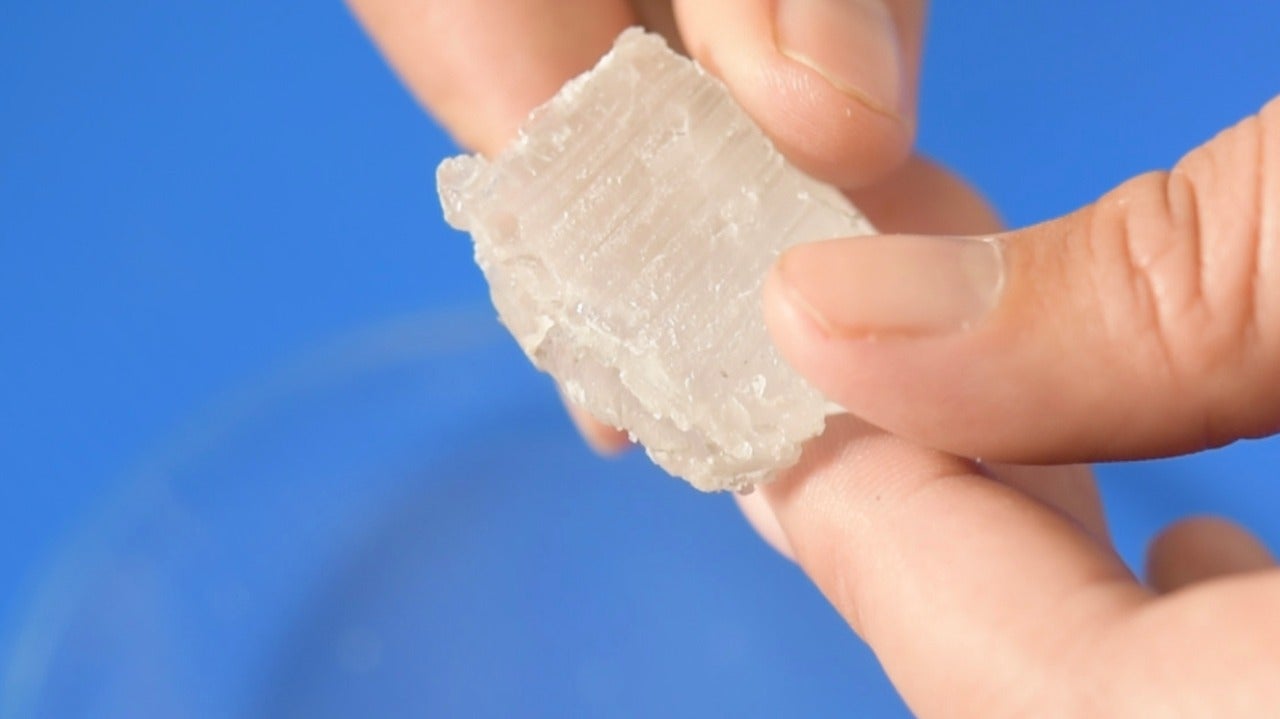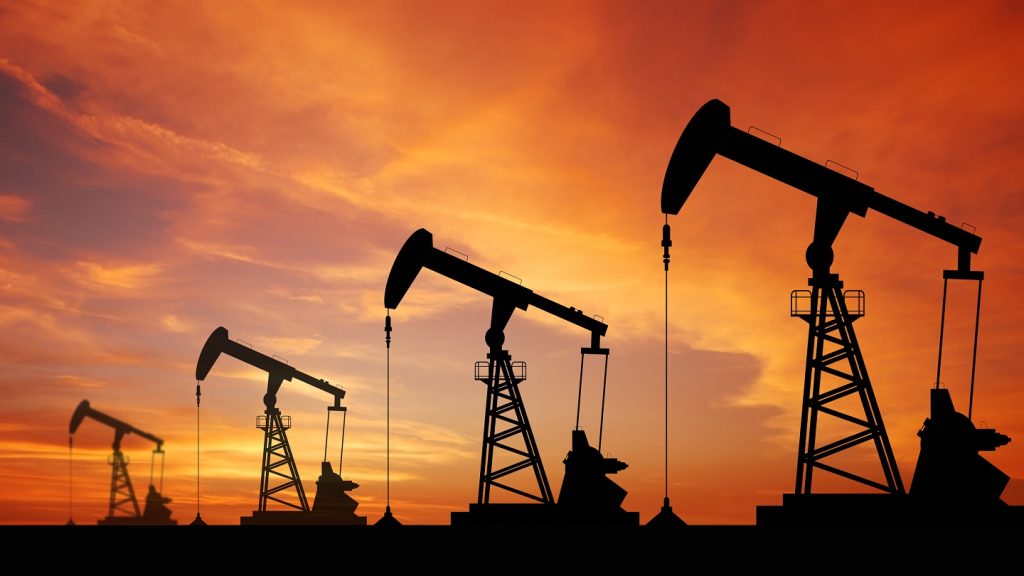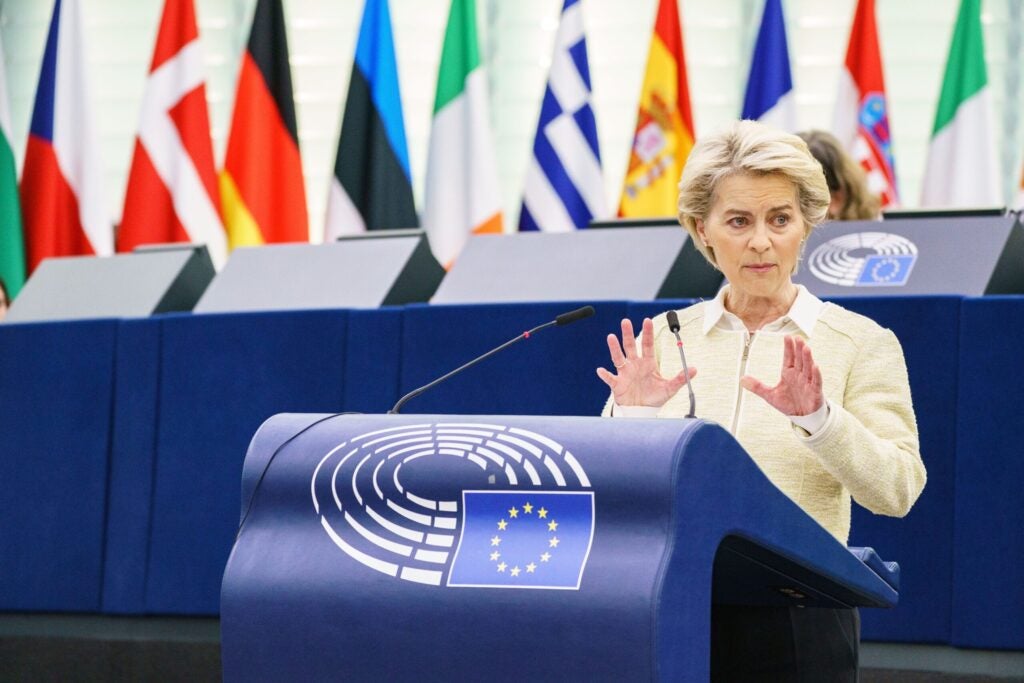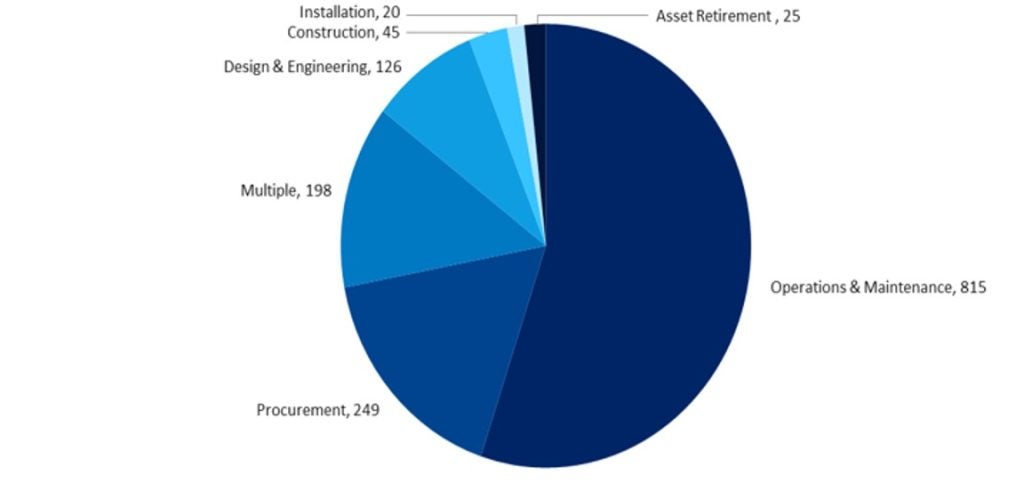
The steep decline in automotive and tire demand has largely affected the growth of the global styrene butadiene rubber (SBR) market. In these challenging market conditions, companies have reduced capital expenditure for 2020. Trinseo SA, one of the major producers of SBR, had a reduction of capital spending from US$100 million to US$80-US$85 million for 2020. Companies would continue to prioritize investments in their growth areas to remain competitive and place themselves for sustained growth in the long-term.
Automotive production was down in most parts of the world due to a large number of plant shutdowns. International and domestic travel restrictions have substantially impacted the SBR demand from the airplane tire segment. However, as inventories continued to build up and demand started to show signs of growth, the SBR market started taking pace. Companies are keeping a close eye on trends and market conditions to best position themselves for the eventual economic recovery in the near future.

SBR capacity additions are largely concentrated in China and India, targeting existing and growing demand in these countries. Iran is the third-largest country in terms of capacity additions, leveraging feedstock advantage. New SBR capacities under construction had faced various issues, which may delay project completion and commissioning. The construction works of the Sinopec Hainan Refining & Chemical Yangpu SBR project had been delayed, however, it was back on track in February 2020.
Global demand growth of SBR is expected to strengthen in 2021 and continue further, as sequential demand improvement is expected to be seen in automotive and tire applications. Producers are trying to manage short-term adversity while focusing on long-term strategic actions like investments in applications with higher growth and less cyclicality such as solution-SBR (S-SBR).





